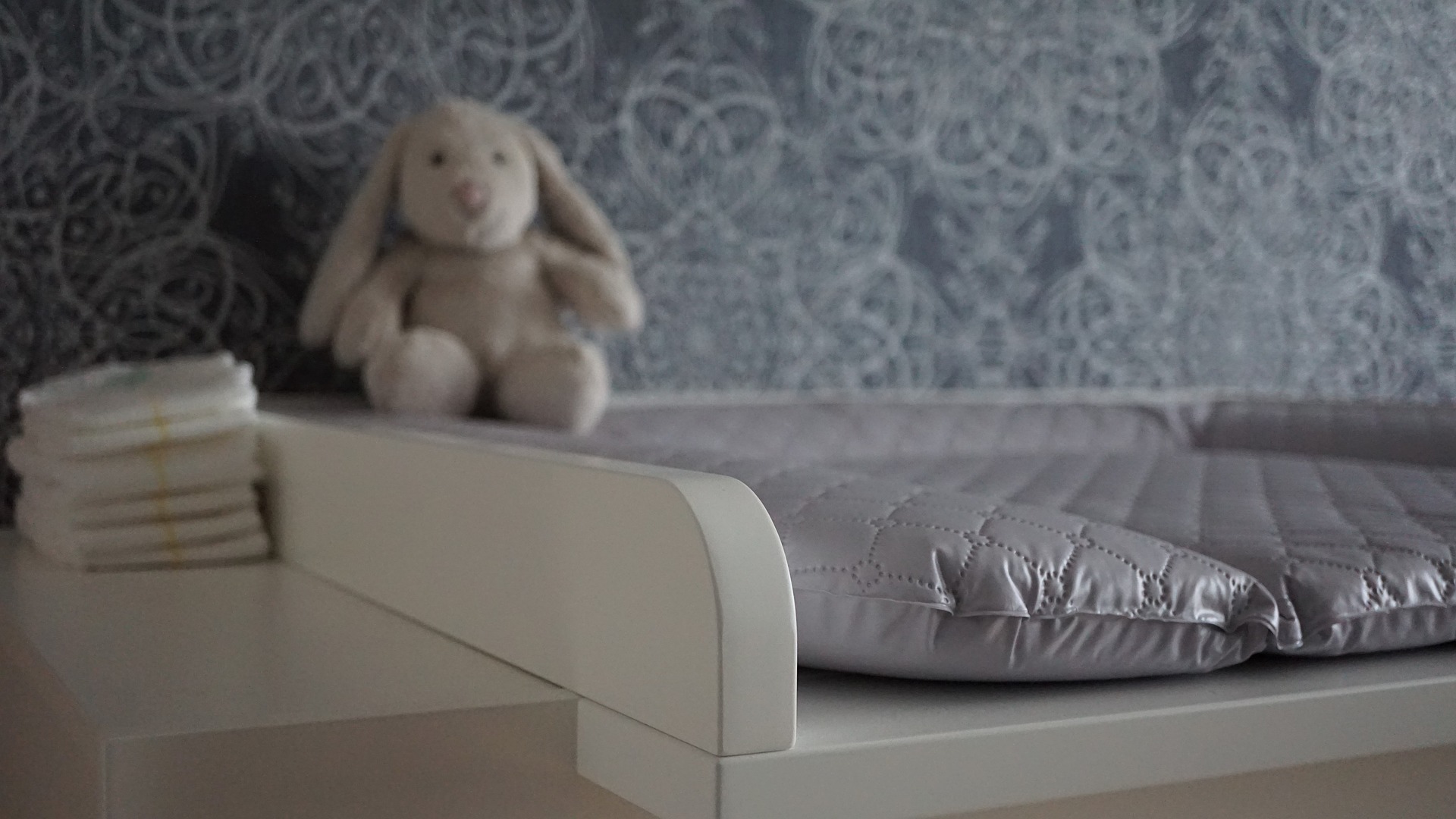As a new parent, one of the many things you’ll need to budget for is diapers. But just how many diapers can you expect to go through in the first three years of your baby’s life? In this article, we’ll break down the average number of diapers a baby will use from birth until age three, so you can plan accordingly.
Diaper usage

First, let’s look at the number of diapers a newborn will use. In the first month of life, a baby will typically go through around 10-12 diapers per day. This means that you’ll need to purchase around 300 diapers in the first month alone. As your baby grows and becomes more efficient at using the bathroom, the number of diapers used per day will decrease. By the time your baby is three months old, you can expect them to be using around 8-10 diapers per day.
During the second and third year of your baby’s life, the number of diapers used per day will continue to decrease. By age one, you can expect your baby to use around 6-8 diapers per day. By age two, this number will decrease to around 4-6 diapers per day. And by age three, your child will be using around 2-4 diapers per day.
When you add up the number of diapers used in the first three years of life, it’s clear that diapers can be a significant expense. A newborn will use around 2,000-2,500 diapers, while a one-year-old will use around 1,500-2,000 diapers. By age three, your child will have used around 1,000-1,500 diapers.
In total, you can expect to spend around 5,000-7,500 diapers for the first three years of your child’s life. Keep in mind that this is just an estimate and your child may use more or less diapers depending on their size and potty-training readiness.
It’s also important to note that cloth diapers are an alternative option that can save you money in the long run. These can be washed and reused, reducing the number of diapers needed to be purchased.
Diaper calculator

In this diaper calculator, parents and caregivers can input their own values for the average number of diapers used per day and the average price of each diaper. The calculator then automatically calculates the total cost of diapers for each age range, and provides a grand total for the entire period. This allows parents and caregivers to plan and budget for their diaper expenses, and make informed decisions about their options. Additionally, they can also use it as a reference when they want to compare prices of different brands or when they want to stock up.
How to save money on buying diapers

There are several ways to save money on buying diapers without compromising on quality or comfort for your child.
- One way to save money is by buying in bulk. Many retailers offer discounts for buying diapers in larger quantities, so stock up when you find a good deal. Additionally, you can also purchase diapers through subscription services such as Amazon’s Subscribe and Save or Diapers.com’s Subscribe and Save program, which can save you up to 15% on each purchase.
- Another way to save money is by shopping around for the best prices. Compare prices at different retailers, both online and in-store, and look for sales and promotions. Many retailers also offer their own store-brand diapers which can be a more affordable option than name-brand diapers.
- Coupons are also a great way to save money on diapers. Check out websites such as Coupons.com, RetailMeNot, and Diaper Coupons for deals and discounts on diapers. Some manufacturers also offer coupons directly on their websites or through email newsletters.
You can also consider using cloth diapers as an alternative to disposable diapers. While the initial investment may be higher, cloth diapers can be used multiple times and can save you money in the long run.
Finally, consider using a Diaper Calculator, like the one we provide, to track your usage and compare prices. This can help you budget for your diaper expenses and make informed decisions about your options.
